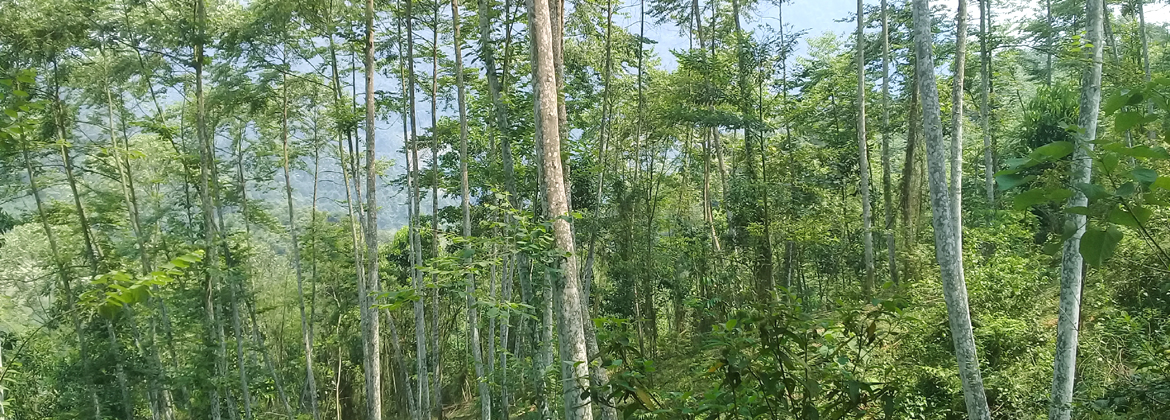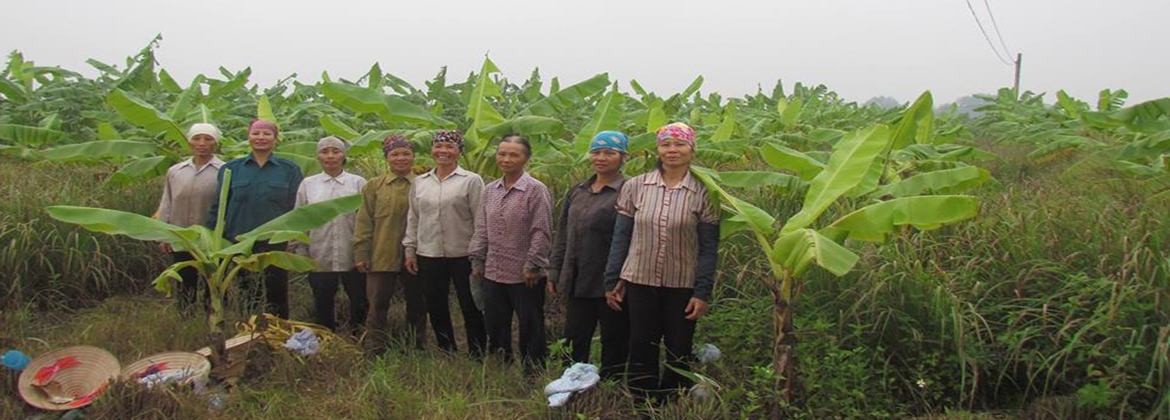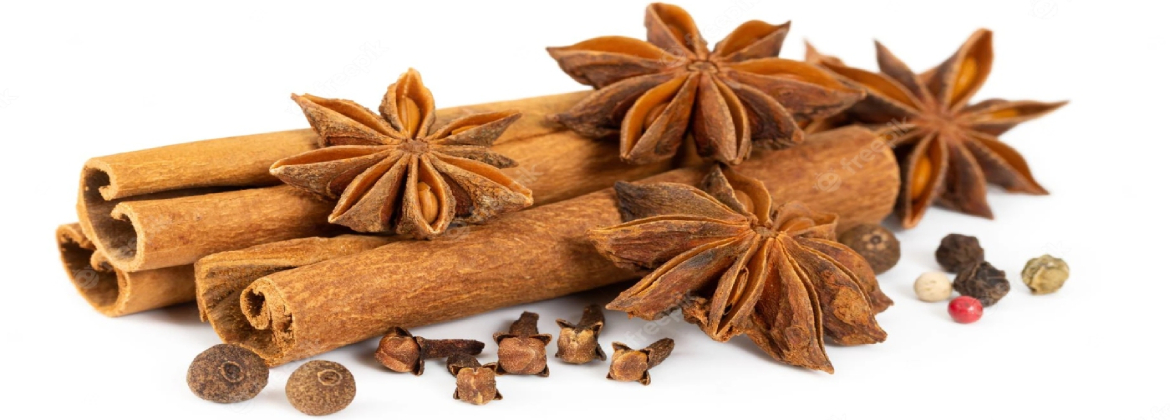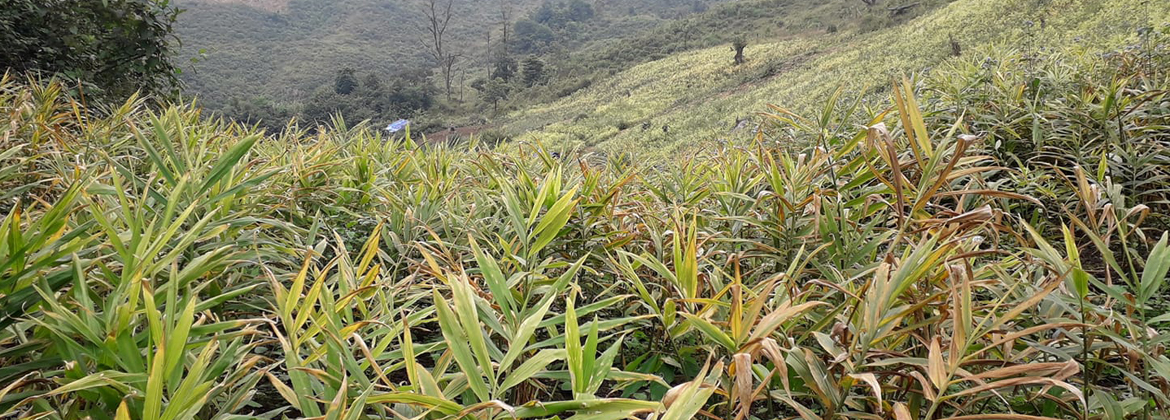Skip to content
Traces of spices detected on a grinding slab and other stone tools unearthed in Vietnam reveal that curry was eaten in Southeast Asia at least 2,000 years ago, suggesting the earliest known evidence of the dish in the region, CNN reported on Tuesday.
The sandstone slab, buried two meters below the surface, was dug up in 2018 at the Oc Eo archeological complex in An Giang Province, southern Vietnam.
Researchers analyzed plant remains found on the grinding and pounding tools and discovered traces of turmeric, ginger, fingerroot, sand ginger, galangal, clove, nutmeg, and cinnamon.
Some of the ingredients, such as turmeric, are similar to those found in Indian curry, while other components are more distinctively Southeast Asian, including coconut milk and galangal, a spice commonly found in curry pastes in the region but seldom used in Indian curry.
“We discovered a wide variety of spices that had traveled from different locations to Oc Eo,” CNN said in a quote from Dr. Hsiao-chun Hung of the Australian National University, who led the excavation and research.
All of these spices reached Vietnam 2,000 years ago, according to Hung, suggesting the earliest known evidence of curry preparation in the Southeast Asian region.
Hung said that it was not exactly clear who made curry at the Oc Eo site, but they were likely migrants from India, where the dish originated more than 4,000 years ago, as evidenced by archeological findings, or local inhabitants in Vietnam influenced by South Asian culture.
The long-held belief that Oc Eo was a major port city in the ancient kingdom of Funan, dating from the first to seventh century AD, also supported speculation about this early trade contact.
“This research is the first to confirm that these spices were indeed traded commodities that existed within the global maritime trading networks nearly 2,000 years ago,” Hung said.
Scientists excavated the stone implements, including mortars and pestles, at the Oc Eo archeological complex between 2017 and 2019, finding them to be of South Asian origin.
The researchers were “rather surprised” to discover that the nutmeg seeds they had excavated at the site were still aromatic two millennia later.
The research was published in the journal Science Advances.








